Ionian Magic
Mrs. Rodi Kratsa, the Governor of the Ionian Islands Region, introduces us to its most beautiful places, along with its history and core activities today.
History and nature have endowed the 'Seven Isles’ (Eptanisa), the historical name for the Ionian Islands, with irresistible charms and an outstanding cultural identity: dreamy beaches with golden sand and white pebbles stretching as far as the eye can see, turquoise waters, age-old olive groves, castles, traditional villages and Natura areas, not to mention brass bands, choirs and a unique gastronomic tradition which can trace its roots back to the Venetian presence here. And refined people everywhere, open and hospitable.
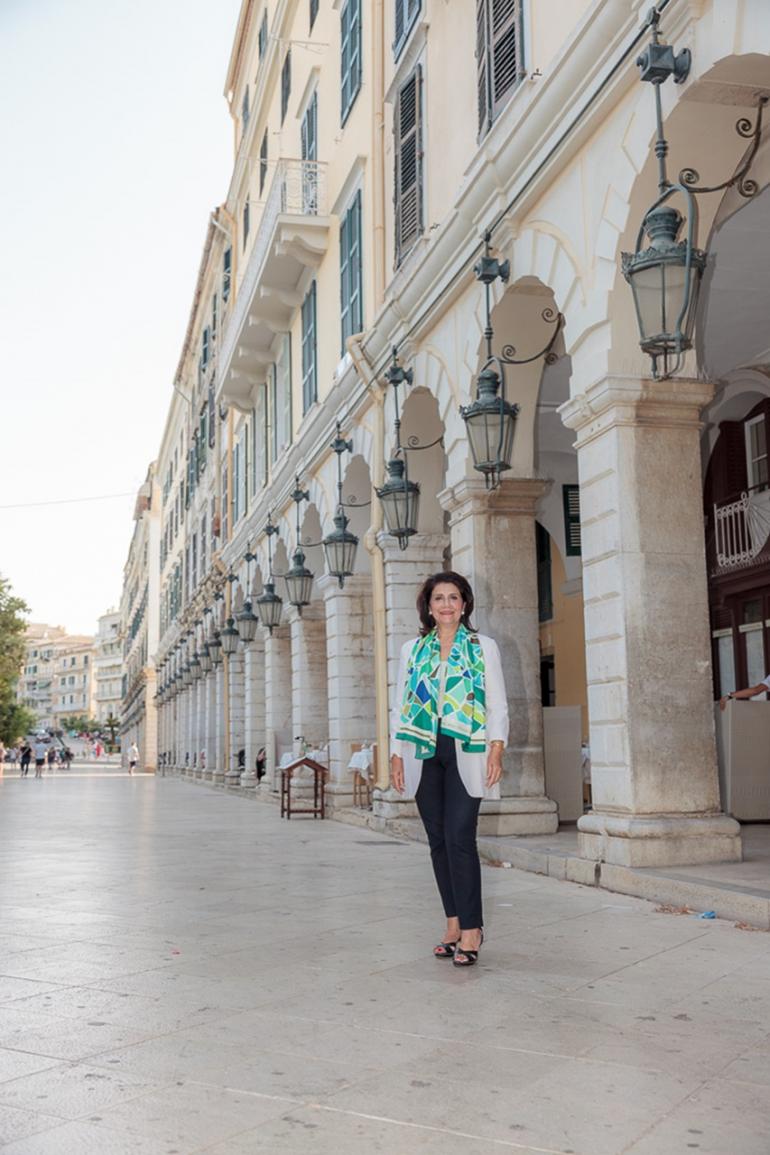
Starting from the south, the “sacred” Strofades (the tiny islets of Stamfani and Arpya) are unique. Part of the prefecture of Zakynthos, they are also areas of ecological interest. The historic fortified monastery on the larger isle, Stamfani, withstood the Mediterranean's pirates from the Byzantine era on, but ultimately fell victim to time and earthquakes.
Still, it remains an awesome sight to this day. Recently, the Region of the Ionian Islands joined forces with the Ministry of Culture to restore the monastery, along with its port infrastructure to facilitate access.
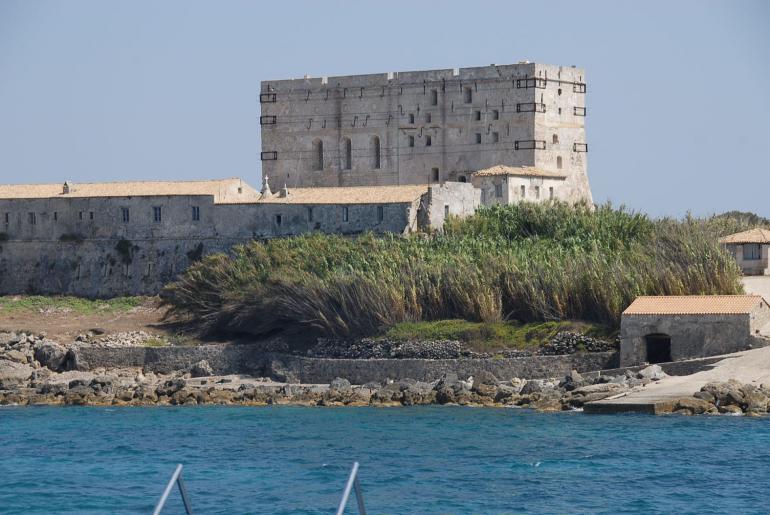
Charming, verdant Zakynthos is sexy but romantic, too—an island of poets and serenades. My favourite place is Bochali, a hill at the foot of the Venetian castle from which you can watch the whole town and nearby picturesque areas going about their business in total harmony.
And when I sit in one of Bochali's bars and cafes, in the shadow of the pretty church of the Lifegiving Spring, which keeps a watchful eye over the city from on high, childhood memories and thoughts about today and tomorrow invariably flood over me.
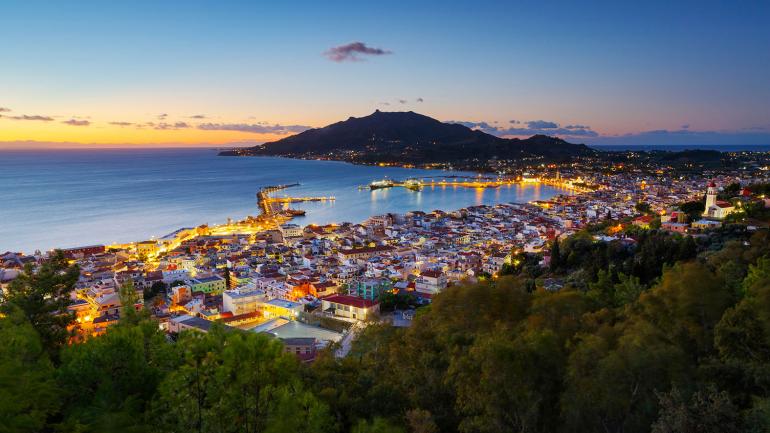
The next island along, Kefalonia is genuine and brave and home to the courageous. I'm always impressed by the island's caves, and by Mount Ainos, the highest peak in the group and home to a National Park awash with flora and fauna. The Venetians called it “Monte Nero", because the dark green hue of its rare fir trees make the mountain look black from a distance. Walking its footpaths and relaxing in the two tourist pavilions are unforgettable experiences, and not something usually associated with an island.

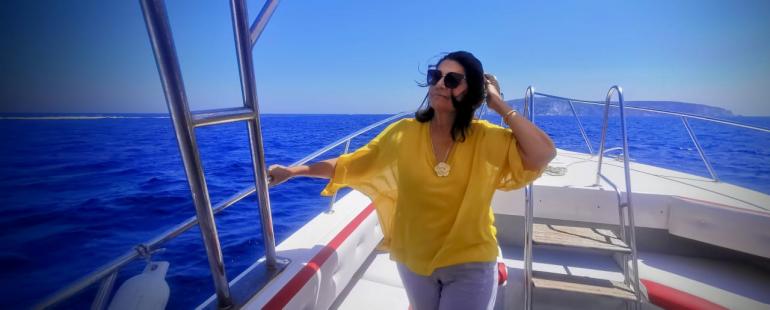
Next comes Ithaki, an isle of dreams and the metaphysical. Nature alternately wild and calm: bays and coves, traditional villages, mountains with views over the Ionian. Odysseus’ shade is palpably present everywhere as he struggles eternally to get back home. The beach at Vathi is calming and transports me, to Cavafy's poem “Ithaca”. The Odyssey Digital Museum which the Region of the Ionian Islands is preparing will bring the myth and dream of Ithaki to life.
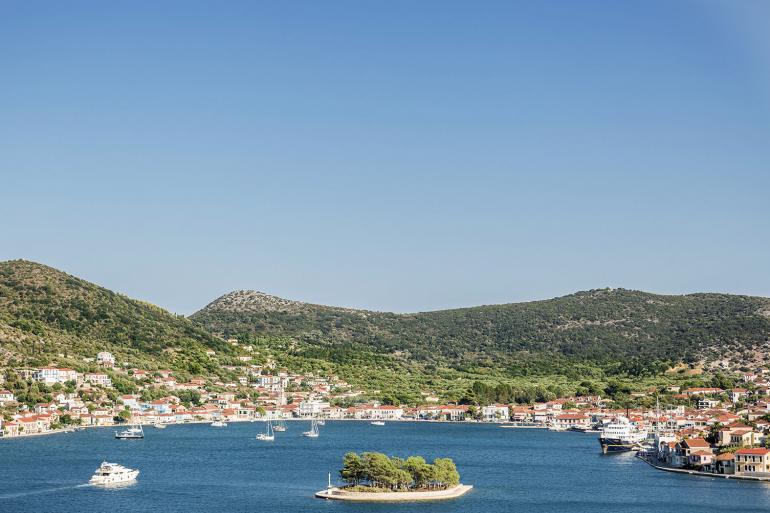
Further east, Kefalonia's Echinades isles, uninhabited but with visitable beaches, keep the secrets of the great sea Battle of Lepanto (1571), which was fought in their waters and kept the Ionian island and the West free from the Turks.
On Lefkada, I'm enchanted by the lagoon across which the bridge to the island runs; internationally recognized, it is one of the most important wetlands in Greece. The flocks of flamingos and cormorants which take to the wing at sunset bestow on it a natural beauty and unique charm.Between the lagoon and the Ionian Sea, the road to Gyras is packed with cyclists and walkers; this is an area the Region of the Ionian Islands plans to upgrade.
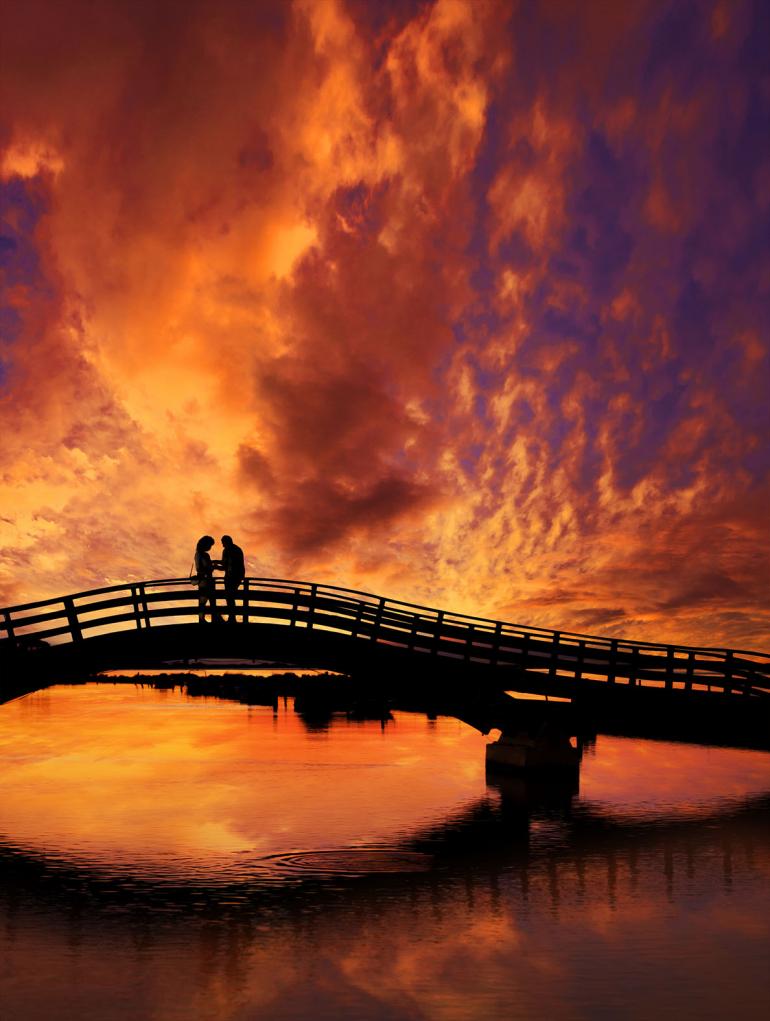
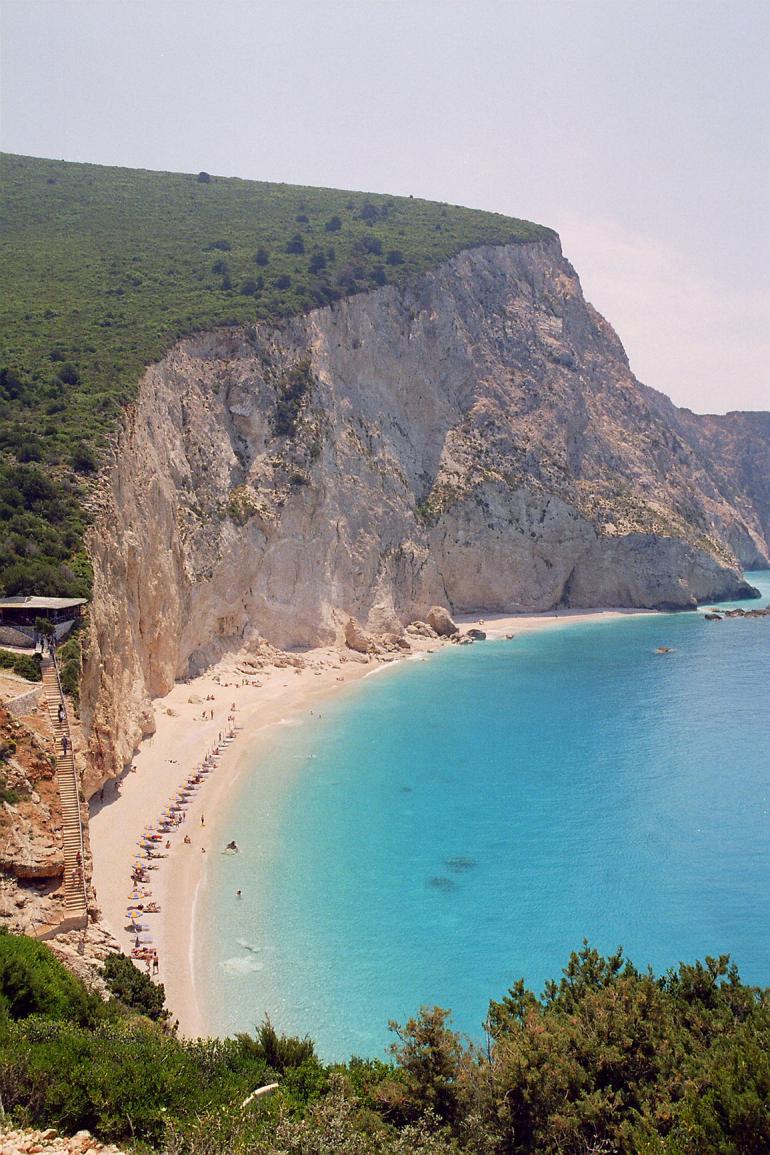
Close to Lefkada, Meganisi with its trademark colourful wooden fishing boats and fish tavernas, but big pleasure boats in its marina, too, or anchored off its impressive fjords and sea caves. One of them, the famous “Papanikolis Cave”, was used by a Greek submarine, the “Papanikolis”, as a haven and a launching pad for attacks during World War Two.
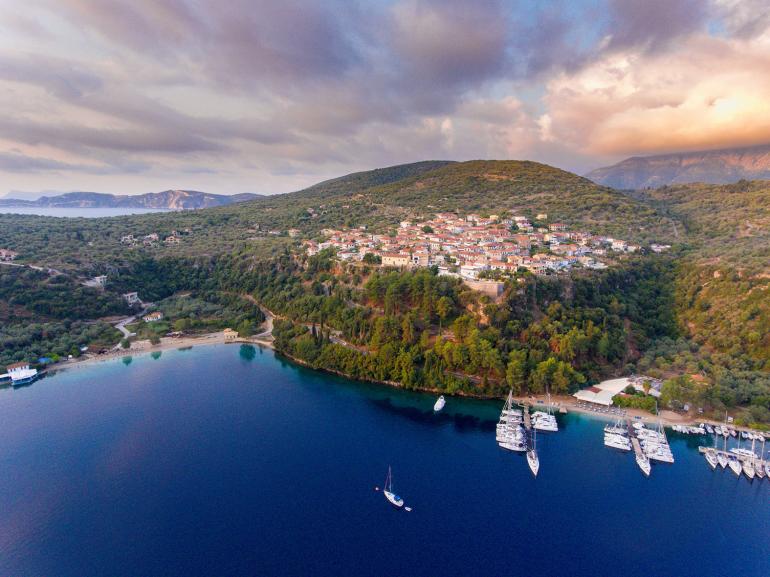
Meganisi has two tranquil islets in its vicinity: Kalamos--manly, mountainous and forest-covered, and Kastos--womanly and calm, with an elegant settlement and a host of pleasure boats come summer.
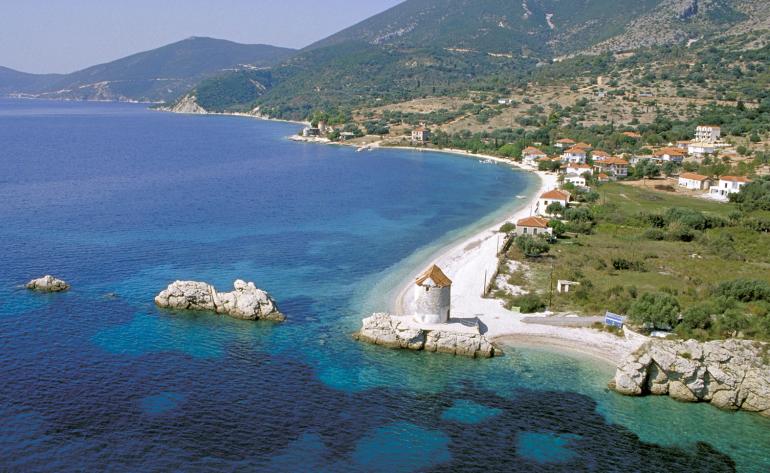

The next island along is Paxoi, a jewel in the Ionian crown with visitors from around the world. The harmonious way in which its villages combine with the charismatic natural environment and playful coastline never ceases to calm and delight me. The island exudes a sense of luxury untainted by ostentation.Next to it, like a little sibling, lies Antipaxoi, which is famed for its beaches and unspoilt surroundings. Going for a swim off Voutoumi beach truly is a privilege. The island's 20 inhabitants are welcoming and take good care of their island.
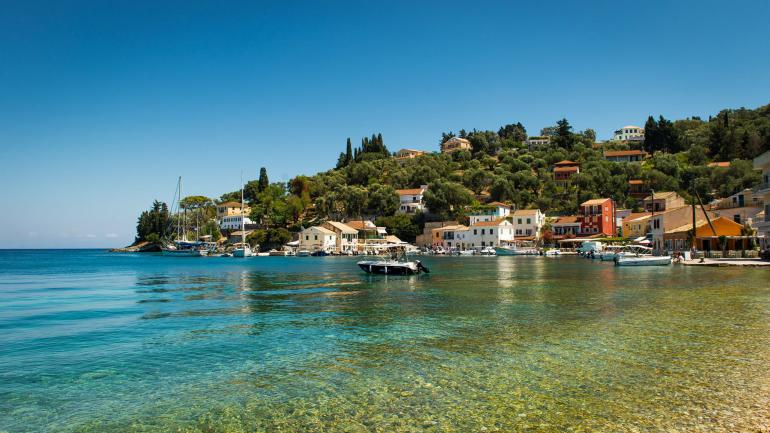
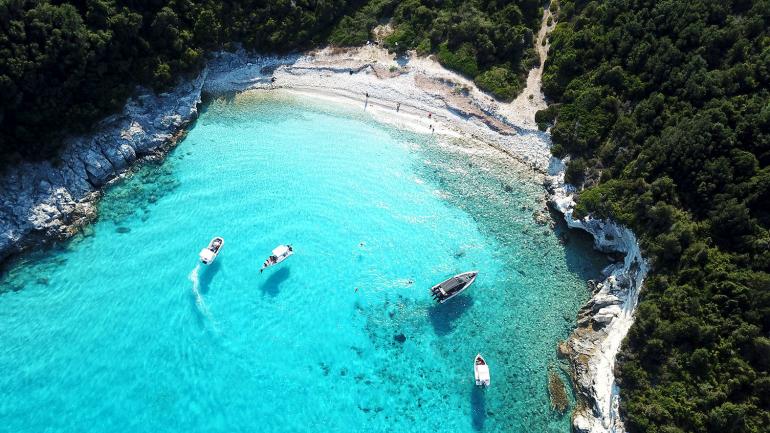
Which brings us to Corfu, the mistress of the Ionian.
Its natural beauty is complemented by the singular charm of its old town, a UNESCO monument which reflects its rich history.
But its old-world atmosphere remains in constant conversation with its contemporary vibrancy.The focal point of the city, Liston, symbolizes the period of Napoleonic rule over the Ionian islands, while its cafes and restaurants serve as a social hub for the town today.
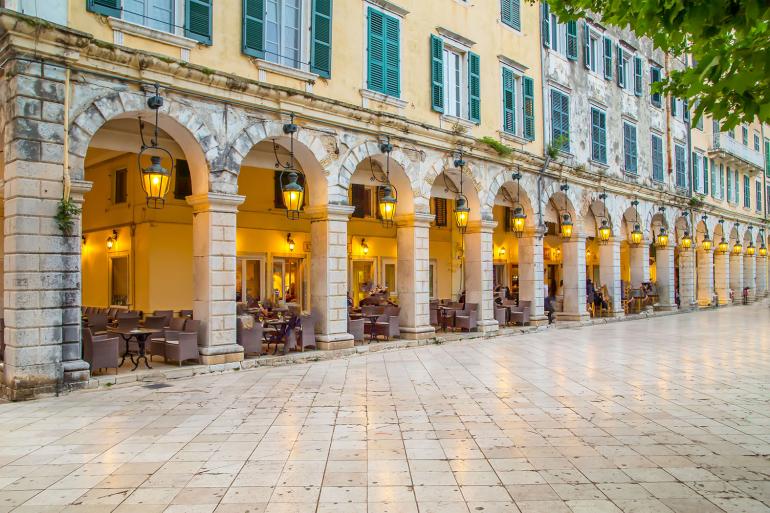
Lying on the frontier of Greece, the Ionian Islands—along with the Diapontia islands of the Prefecture of Corfu: Othonoi, Ereikousa and Mathraki—stand watchful guard over our north-west borders.
Every time I visit, I stop off at the "Cave of Odysseus and Calypso", with its wonderful small beach, on Othonoi.

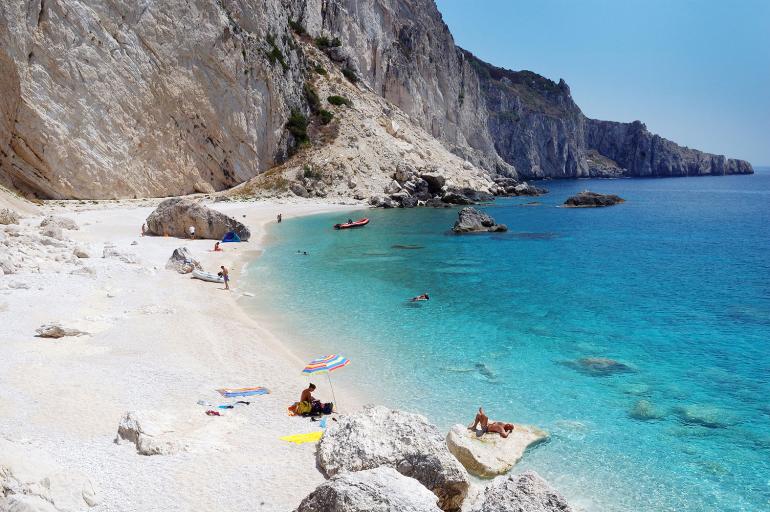



YOU MAY ALSO LIKE
Myconian Chic
Even more to love on the Athenian Riviera
New 5-Star Hotel Opening